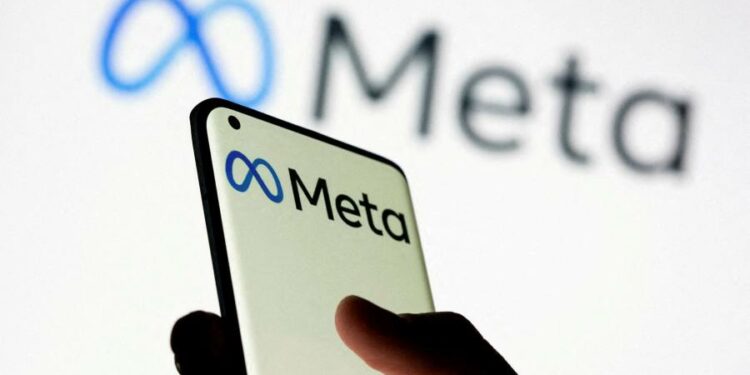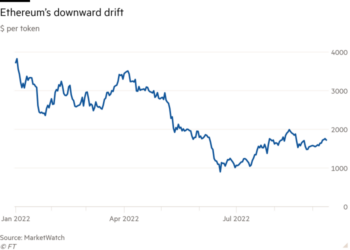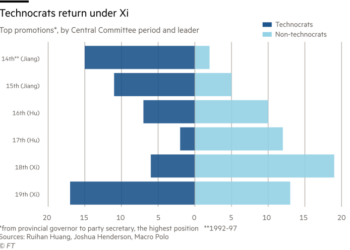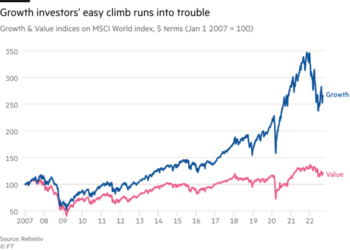Facebook’s parent company Meta has decided that the best way to deal with the threat of video app TikTok is to become more like TikTok. Executives at the company know Facebook status updates are boring. So are Instagram selfies. That is why they spent the latest earnings call extolling the virtues of short-form videos and content from strangers. Both are distinguishing features of TikTok.
Shifting to short videos risks cannibalising advertising elsewhere. But it might help Meta deal with market saturation. The monthly active user count is still ticking up and has reached 3.64bn. But adding new users means tapping emerging markets where advertising revenue per head is far lower than it is in the US. Five years ago, annual revenue growth topped 50 per cent. This year it is expected to be 11 per cent. Finding ways to encourage existing users to consume more content is one way to raise advertising rates.
Meta is in a delicate position. It is trying to convince investors to come with it as it moves the business to the metaverse — a digital world still under construction. In theory this could unlock an entirely new source of revenue. But it is expensive. Reality Labs, where the metaverse is being cooked up, lost $3bn in the last quarter. Across the company, R&D costs rose 48 per cent.
The problem is that the advertising business funding this transformation is downbeat. Advertising still accounts for 97 per cent of revenue, making Meta one of the least diversified Big Tech companies. It is right to press the brakes on spending.
But it is also good to remember just how big Meta is. Across Facebook, Instagram and WhatsApp its user base is equal to more than three-quarters of the internet-using world outside China, according to Jefferies. Free cash flow generation is high. At $8.5bn it has a margin of 30 per cent. Messaging revenue, ecommerce and virtual reality are all still in development. Plus it has seen off multiple rivals in the past. It is still too early to declare that TikTok has stolen Meta’s crown.











